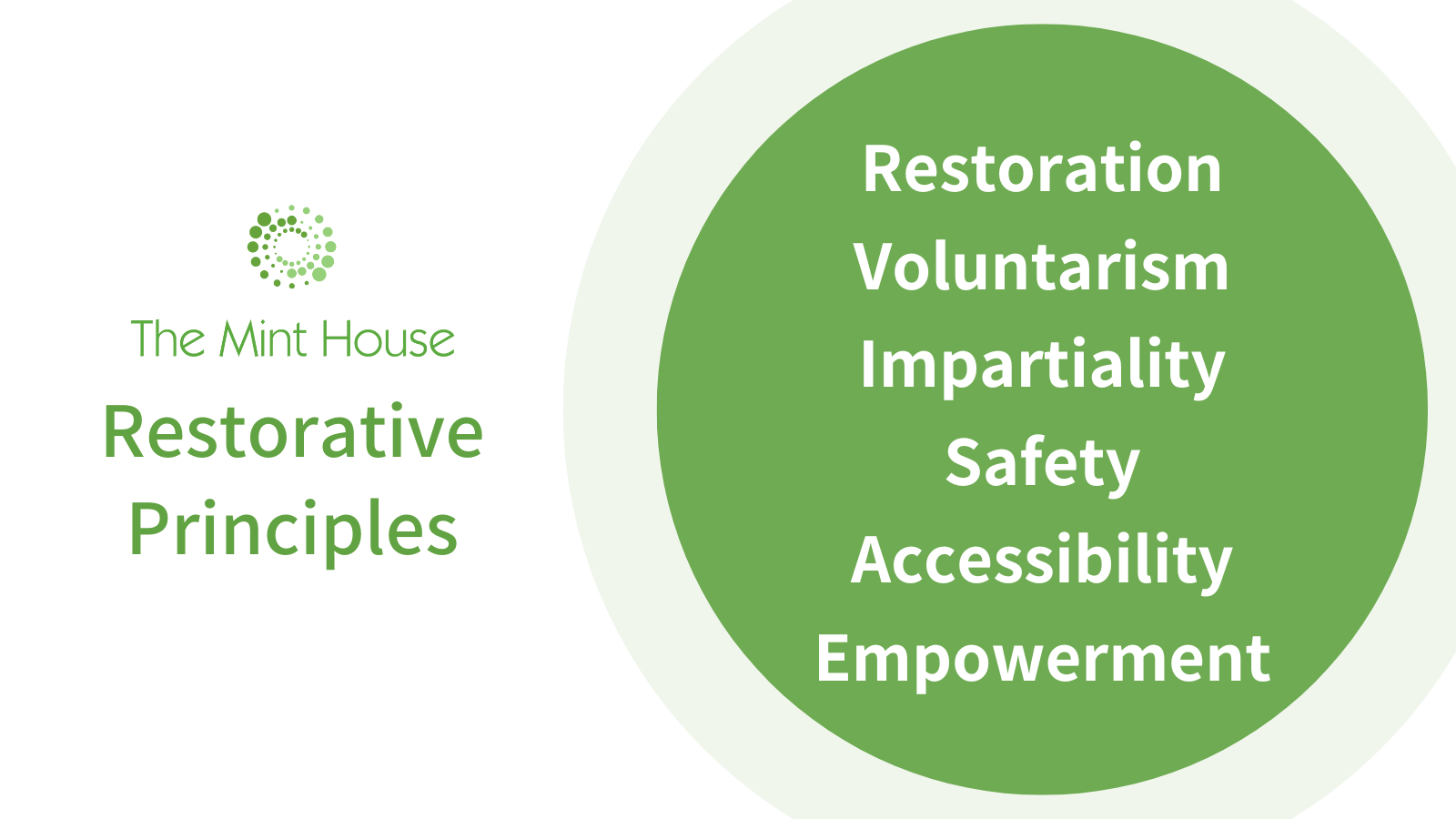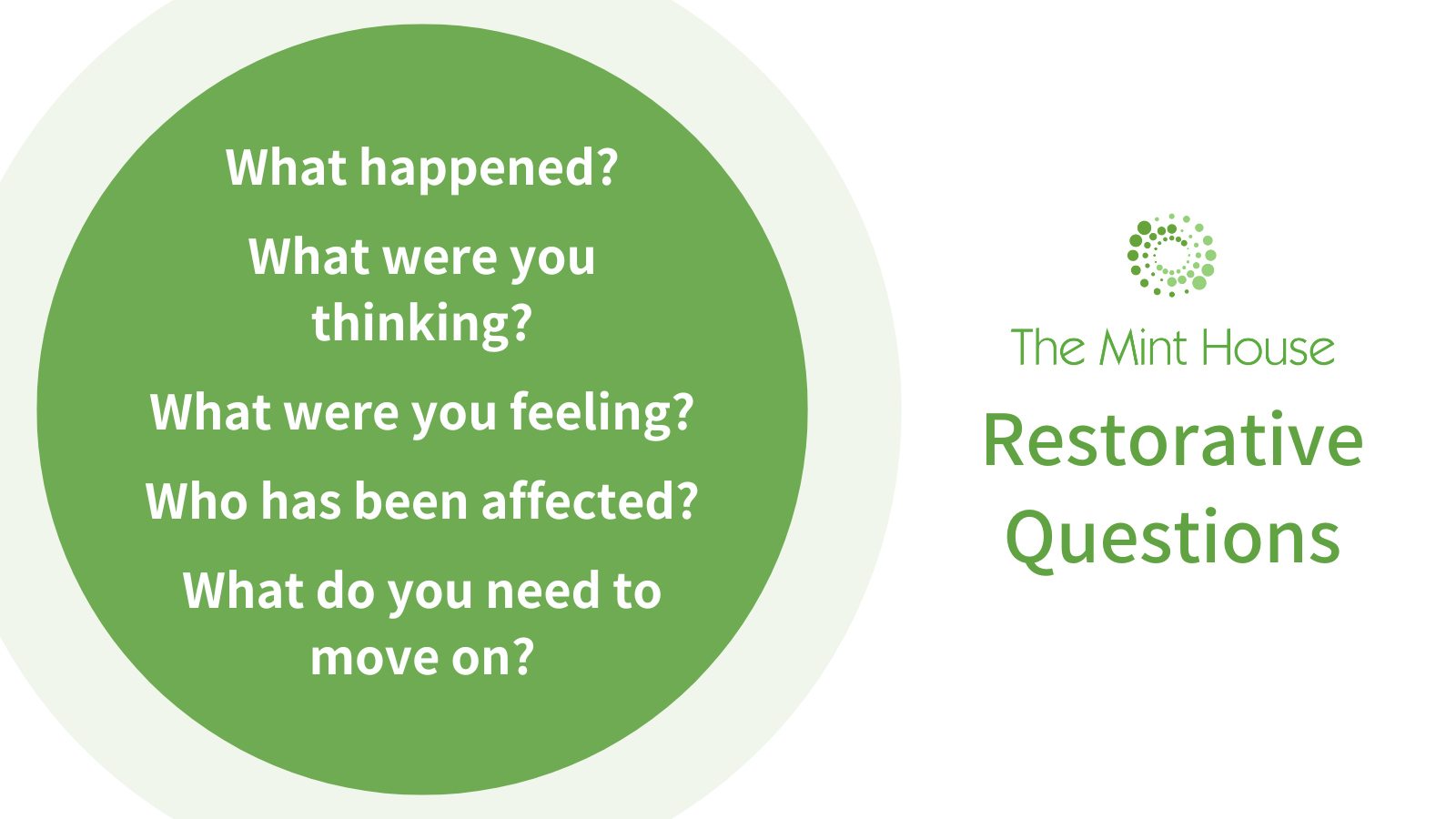What is Restorative Practice?
What is restorative justice?
Restorative justice brings those harmed by crime or conflict and those responsible for the harm into communication, enabling everyone affected by a particular incident to play a part in repairing the harm and finding a positive way forward. This is part of a wider field called restorative practice.
What is restorative practice?
Restorative practice can be used anywhere to prevent conflict, build relationships and repair harm by enabling people to communicate effectively and positively.
Restorative Principles
Restoration
The primary aim of restorative practice is to address participants needs and not cause further harm. The focus of any process must be on promoting restorative practice that is helpful, explores relationships and builds resilience.
Voluntarism
Participation in restorative practice is voluntary and based on open, informed and ongoing choice and consent. Everyone has the right to withdraw at any point.
Impartiality
Restorative practitioners must remain impartial and ensure their restorative practice is respectful, non-discriminatory and unbiased towards all participants. Practitioners must be able to recognise potential conflicts of interest which could affect their impartiality.
Safety
Processes and practice aim to ensure the safety of all participants and create a safe space for the expression of feelings and views which must result in no further harm being caused.
Accessibility
Restorative practice must be respectful and inclusive of any diversity needs such as mental health conditions, disability, cultural, religious, race, gender or sexual identity.
Empowerment
Restorative practice must support individuals to feel more confident in making their own informed choices to find solutions and ways forward which best meet their needs.
Restorative Justice Council Restorative Principles (2020)
Restorative Questions
What happened?
What were you thinking?
What were you feeling?
Who has been affected?
What do you need to move on?


